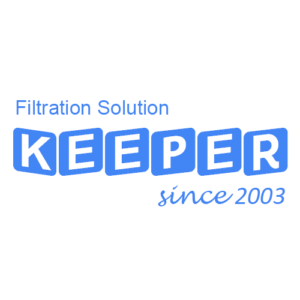FAQs
FAQs about Sintered Square and Dutch Woven Mesh - Five Layers
What industries can benefit from using five-layer sintered mesh for filtration?
Industries like polymer filtration, petrochemical and refining, pharmaceutical manufacturing, natural gas, new energy, and others can use five-layer sintered mesh. It's also effective for filtering dust particles, including metal powders/vapors, gel particles, carbon powder, talcum powder, plant spores, bacteria, and similar dust particles.
What details should be provided for a customized five-layer sintered mesh?
We can create and tailor five-layer sintered mesh products to meet your exact requirements. Simply share the following details with us: shape, application, mounting structure, flow rate, pressure drop, working pressure, operating temperature, and material. Our skilled engineers will then offer you suitable solutions for your consideration and selection.
What is the suitable environment for five-layer sintered mesh and cartridge?
It can endure temperatures as high as 480°C in normal conditions and up to 600°C for short periods.
What kinds of metal filters do you have?
We offer different types like sintered mesh, wire mesh, sintered fiber, and more.
What materials are available for producing five-layer sintered mesh?
We typically offer standard materials like SS304, SS304L, SS316, and SS316L. Additionally, we can customize using special alloys such as Hastelloy C-276, Monel Alloy 400, Inconel 600, SS904, SS904L, Duplex stainless steel 2205, and more.
How can the five-layer sintered mesh be cleaned and maintained?
It can be cleaned using countercurrent water, filtration, ultrasonic cleaning, melting, baking, and other methods. Backwashing is particularly effective for its maintenance.
What does backwashing of a five-layer sintered mesh involve?
Backwashing is done by pressurizing the mesh from inside the machine and rapidly opening the backwash square valve during the process. This creates a strong reverse pressure differential, effectively clearing away contaminants from the surface of the mesh.
How does a sintered mesh function?
A sintered mesh is formed by layering and sintering multiple metal mesh layers. The process includes:
Design: Customize filter rating, thickness, layers, and materials to meet system requirements.
Stacking: Arrange individual mesh layers.
Ultrasonic cleaning: Remove impurities for smooth sintering.
Vacuum sintering: At 1,100 °C, ensure stable filtration and strength.
Cutting: Trim to desired size after sintering.
Featured Products
Service
Contact Us
- No.30 Weiyi Road, Economic Development Zone, Anping County, Hebei Province, China
- +86 158 6303 7232
- +86 158 6303 7232
- +86 158 6303 7232
- sales@keeperindustrial.com
©2003-2024. Keeper Limited. All Rights Reserved.

